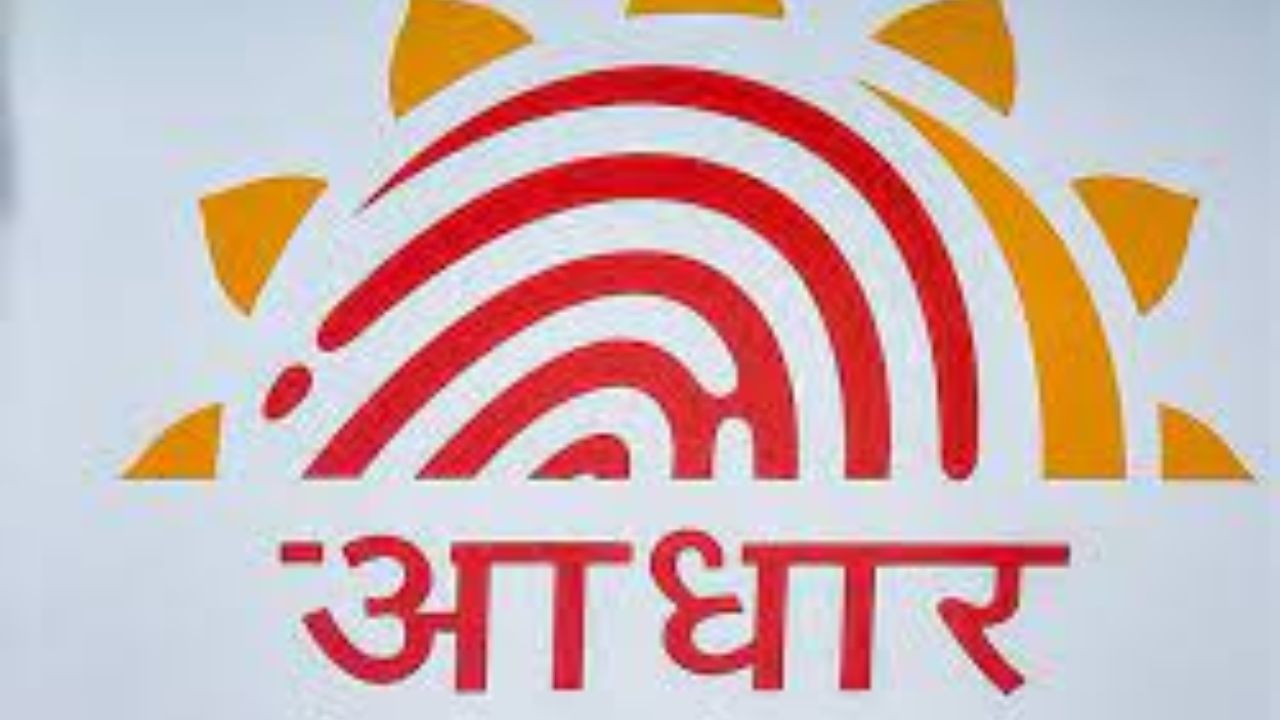Unique Identification Authority of India: UIDAI’s new Aadhaar update rules & More
The aadhaar card is a 12-digit unique identification number that can be obtained by citizens of India and foreign nationals who spend more than 182 days in India.

UIDAI Aadhaar-Introduction
UIDAI Aadhaar is the world’s largest biometric ID system. Considered a proof of residence and not a proof of citizenship, UIDAI Aadhaar itself does not confer any right of domicile in India. In June 2017, the Ministry of Home Affairs clarified that Aadhaar is not a valid identity document for Indians traveling to Nepal and Bhutan.
Before the enactment of the Act, UIDAI functioned as an attached office of the Planning Commission (now NITI Aayog) with effect from 28 January 2009.
Exactly twelve months before the date of application for enrollment based on their biometric and demographic data. The data is collected by the Unique Identification Authority of India (UIDAI), a statutory authority set up by the Government of India in January 2009, under the jurisdiction.
What is Unique Identification Authority?
The Unique Identification Authority of India (UIDAI) is a statutory authority and a government sector, established on 12 July 2016 by the Government of India under the jurisdiction of the Ministry of Electronics and Information Technology, under the provisions of the Aadhaar Act. 2016.
Read Also~Maruti Suzuki India Limited: History, Share/Stock Price & News Updates
UIDAI was established by the Government of India under the aegis of the Planning Commission in January 2009 as an attached office under a notification in the Gazette of India. As per the notification, UIDAI was given the responsibility of laying down plans and policies for implementing the UID scheme, owning and operating the UID database
PVC Card
In the year 2020, UIDAI introduced a PVC Aadhar card with additional security features like a hologram, micro text, ghost image, guilloche pattern, invisible logo, etc. The PVC Aadhaar card can be ordered from the UIDAI website by any Aadhaar holder.
Predominant uses of Aadhaar
The Aadhaar card project has been linked to some public subsidies and unemployment benefit schemes such as the domestic LPG scheme and MGNREGA. In these Direct Benefit Transfer (DBT) schemes, the subsidy money is directly transferred to a bank account that is linked to an Aadhaar card. Earlier, however, direct-benefit transfers were done quite successfully through the National Electronic Funds Transfer (NEFT) system, which was not Aadhaar-dependent.
The ministry hoped that the ID system would help in eliminating the disadvantages of subsidized kerosene and LPG. In May 2012, the government announced that it would start issuing Aadhaar-linked MGNREGA cards. A pilot program was launched in 51 districts on 26 November 2012.
Read Also~7 Fascinating Insights about Can Yaman, the Heartthrob
